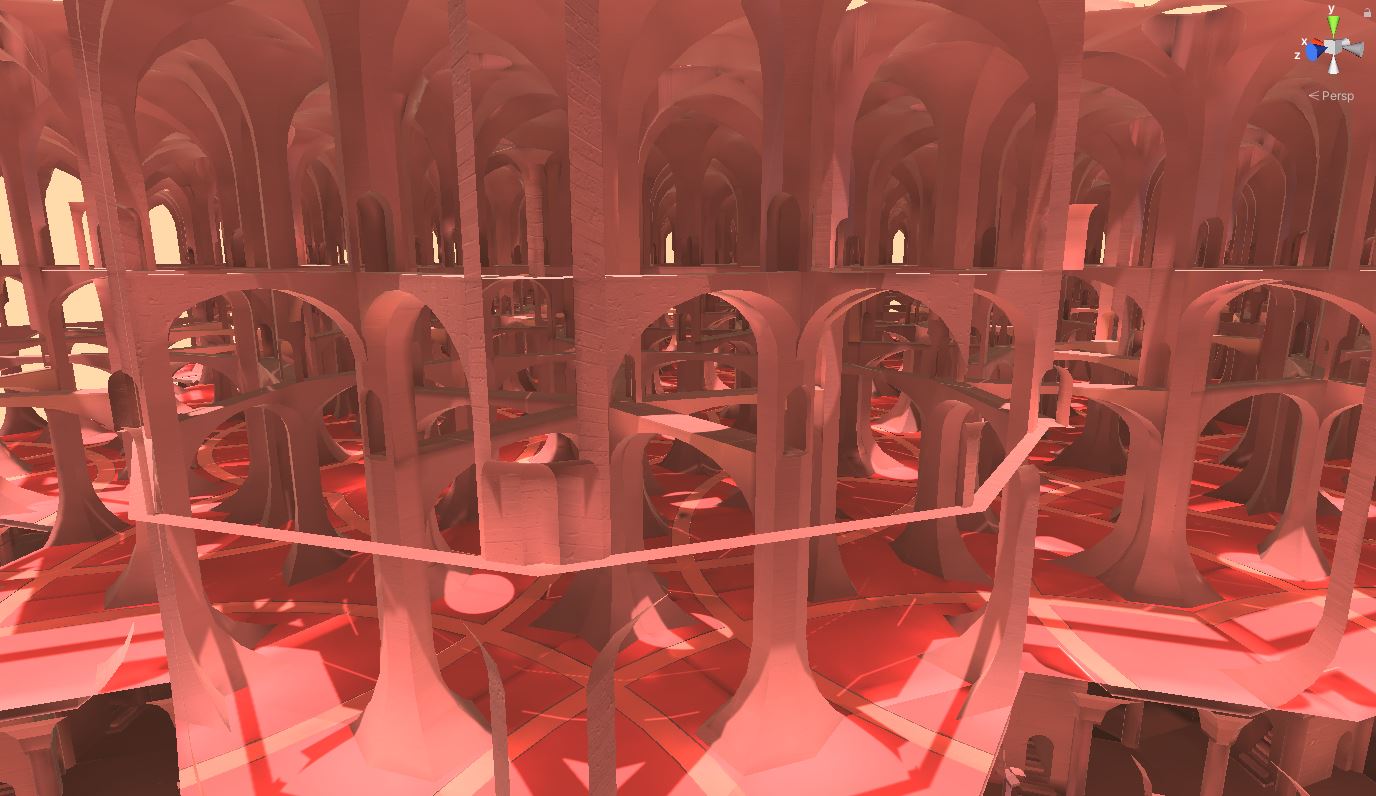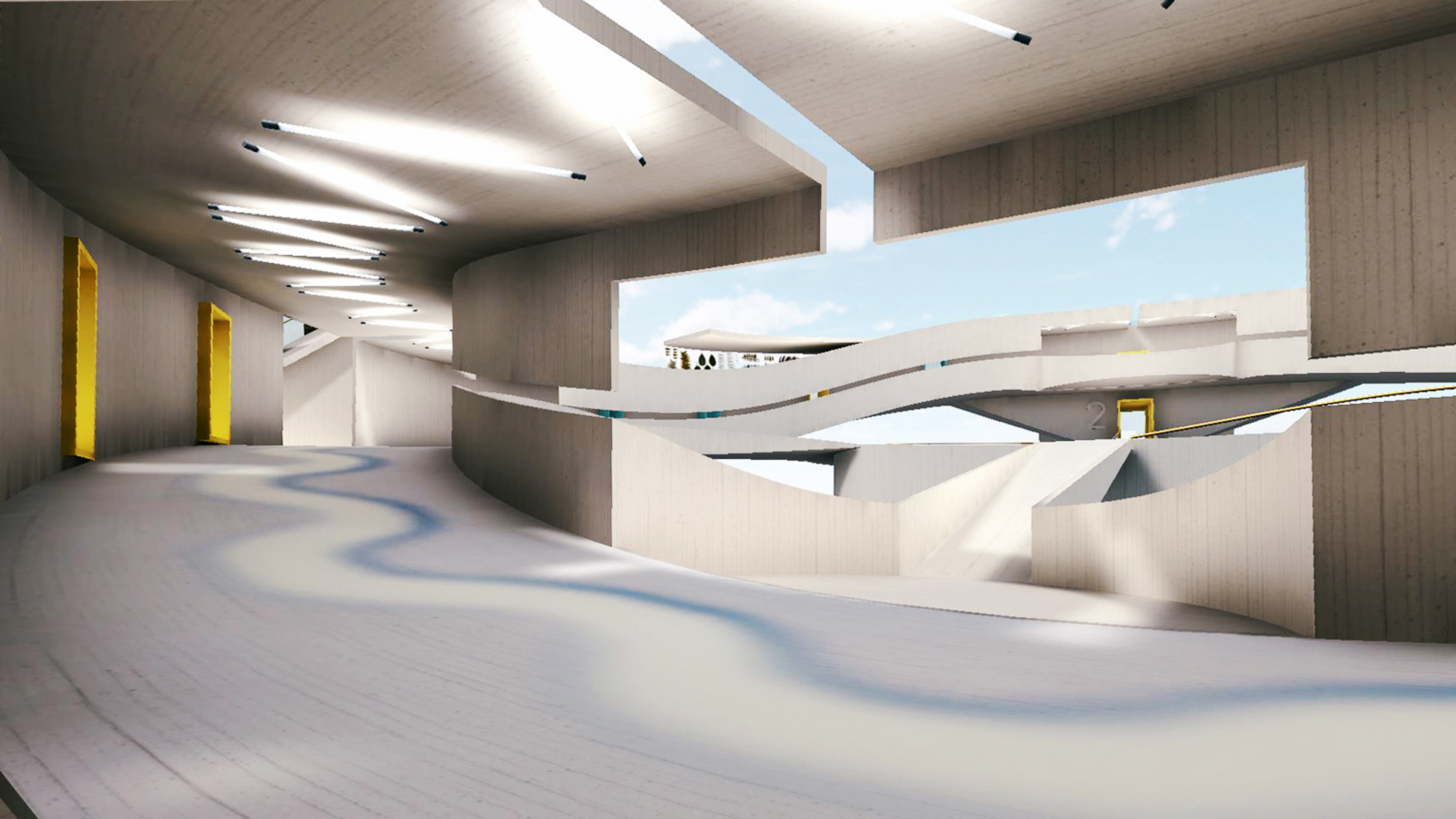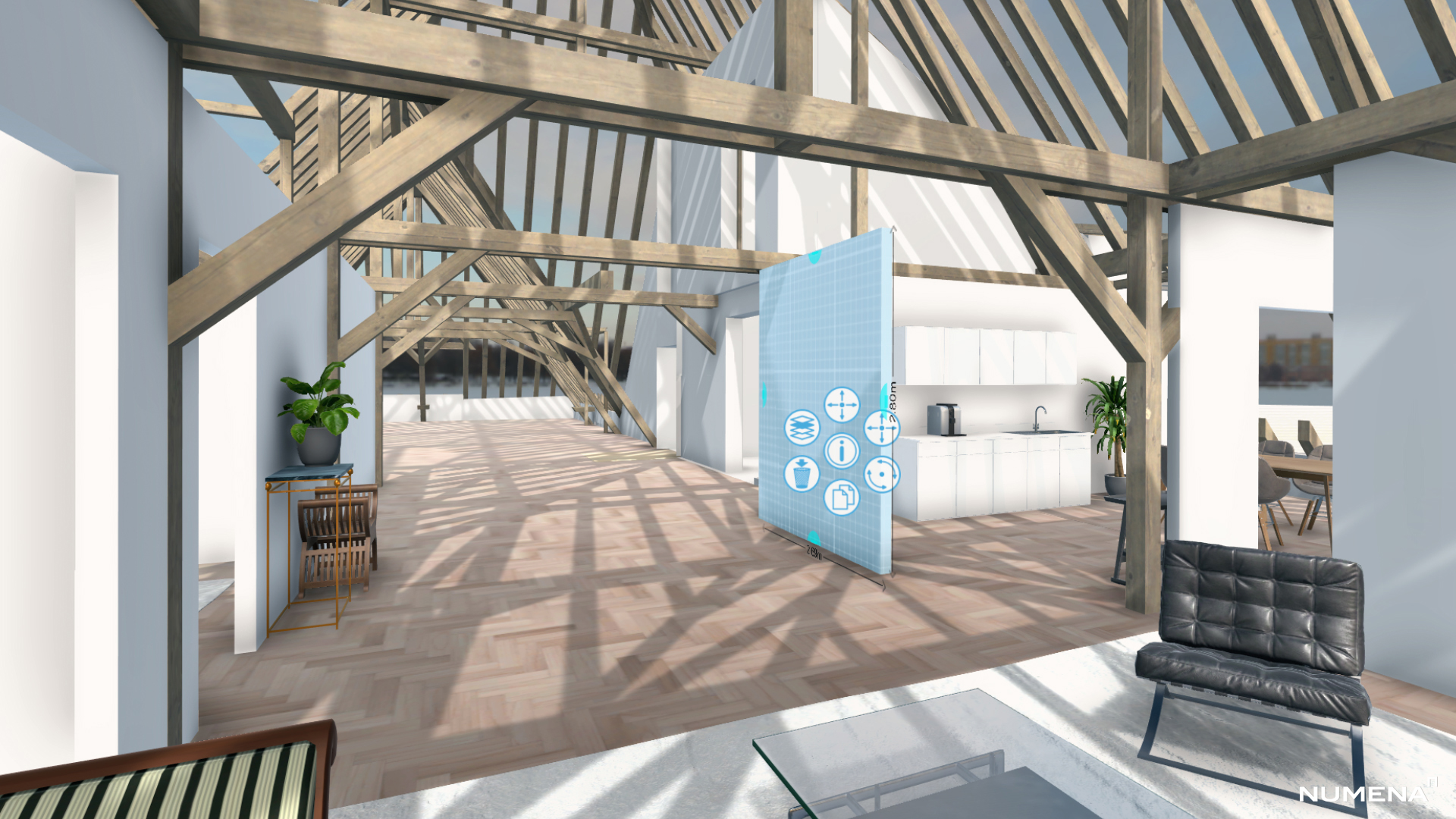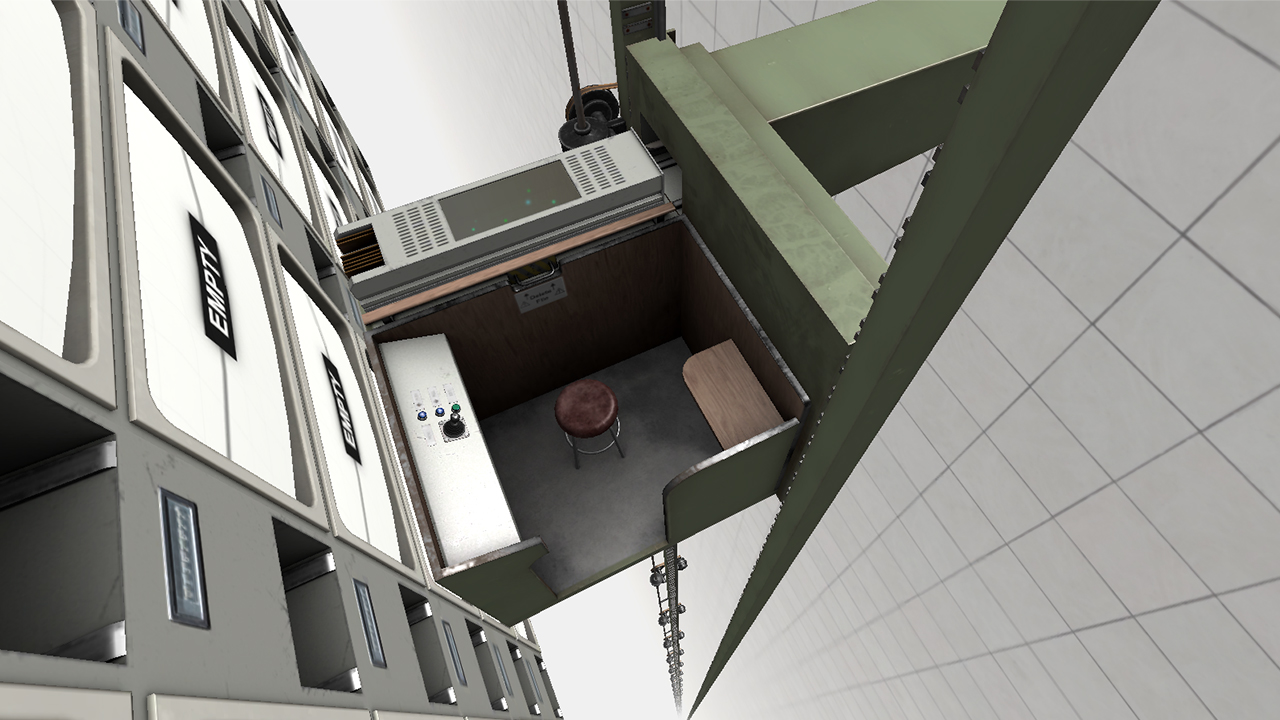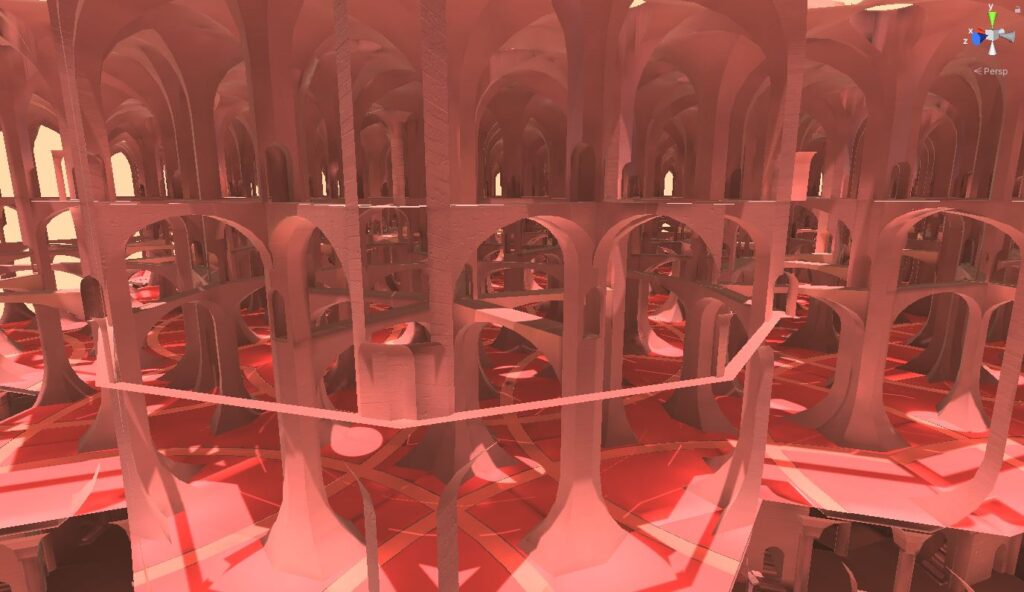
Description:
Required Skills: Familiarity with AR and VR technologies
Required Software: None
Required Hardware: None
Maximum number of participating students: 100
The workshop will introduce participants to the interdisciplinary background needed to conceptualize and implement VR applications with a focus on virtual environments.
I. POSITION: This lecture will introduce basic notions of cognitive neuroscience needed to understand the challenges and opportunities of spatial interactions in virtual space. Observations will be based on recently published scientific papers and framed using enactive cognition and phenomenology.
II. MECHANISM: Building on Part I, we will identify mechanisms and strategies that can be instrumental in the context of spatial computing.
III. VIRTUAL SPACE: Starting with observations on emerging phenomena triggered by the prolonged use of virtual worlds, we will propose a conceptual approach to immersive interactive environments.
IV. IMPLEMENTATION: Part IV will focus on implementation examples from NUMENA’s experimental VR and AR projects. We will also cover the state of the immersive tech industry today, the technical requirements needed to enter the industry, and the types of applications, experiences and platforms currently available.
V. OPEN DISCUSSION AND FURTHER STUDY CASES
Schedule:
timezone: (GMT +1:00) Brussels, Copenhagen, Madrid, Paris| Start time | End time | Description |
|---|---|---|
| 2022-06-27 - 17:00 | 2022-06-30 - 19:30 | The workshop will take place Monday, June 27 through Thursday, June 30. We will meet for 2.5 hours a day, starting at 5pm CET. |
Instructors:
 |
Andreea Ion Cojocaru | Andreea Ion Cojocaru is a licensed architect and a software developer. She is the co-founder and CEO of NUMENA, an award-winning German company. Andreea works at the intersection of traditional architecture and immersive technologies to develop projects that require interdisciplinary expertise and a new approach to cognitive and spatial challenges. Currently, she is working on a tool that allows users to create, share and edit environments at 1:1 scale. She is also leading projects that incorporate physical and virtual elements to explore social and economic models for architecture and urban planning based on collective agency and life across different spatial modalities. |
Disclaimer:
All workshops will accept 100 applications MAX.

